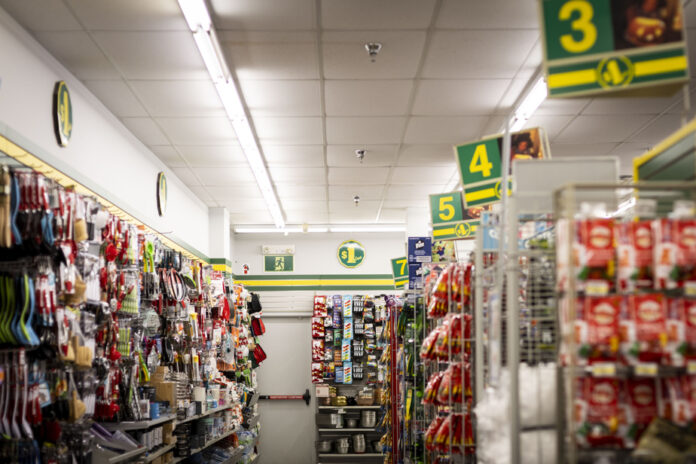Food retailers live in a period characterized by contrasts. The enthusiasm of shareholders in the face of pharaonic profits is matched only by the discontent of the general public in the face of repeated price increases.
It is true that the suspicions of collusion and price fixing faced by major retailers and certain manufacturers are fueling household skepticism about the industry. It is also true that the recent withdrawal of major brands such as Delissio and Kleenex should make all players think about the attractiveness of a country with high transport costs, a consolidated retail market where the manufacturer is first seen as a competitor of the private label before being a partner favoring the variety and the multitude of offers to the consumer.
Faced with this long-oligopolistic industry, we must obviously welcome the timely vigilance of the Competition Bureau, but also welcome any intensification of competition as a breath of fresh air.
Fortunately, the consumer should be at least partially reassured by the disturbing and clearly visible presence of alternative networks to the three food giants. Healthy competition, through the availability of alternatives within walking distance or online, serves the consumer first and foremost.
In this regard, the penetration and appeal of Costco, Dollarama and several local brands are well known. However, their presence is not unanimous, especially for the dollar store chains that politicians and columnists accuse of all evils. Lately, we could read that our society was tragically heading towards the abyss of a “city of the dollar”, a symbol of the “pauperization of the masses”.
Sign of a discrepancy between this worldly thought and the reality of the general public, the parking lots are constantly busy at these retailers, with many state-of-the-art cars far from suggesting a state of begging of the owner.
Moreover, it is true that the impressive profits of major retailers are sometimes compounded by the publicized sycophancy and recklessness of a few senior executives who do nothing to restore consumer confidence and give the industry good press.
The salaries of managers which double while the purchasing power of employees withers, the indecency of land purchases which remove ecological sites from public interests, suspicions of exploitation of workers in Third World countries , should the retail world seek the remedy for the ethical crises plaguing it?
I can’t help but recall a leadership training where we were told to continually act as if our every action would end up in the headlines of the newspapers. It was not a question of aiming for moral superiority or the beatification of each of our initiatives via a communication campaign as emphatic as it is ephemeral, but simply to act insofar as our actions respect the rules and demonstrate a concern for others. , the behavior of a good citizen, as responsible as prudent.
In the agri-food industry, it first requires the vigilance of the Competition Bureau as a watchdog. Its effectiveness, often questioned, is necessary to correct some and dissuade others.
We must also maintain the free flow of information on prices, allowing consumers to make informed choices. Finally, faced with global supply chains, industry and governments must ensure a climate of healthy negotiations between retailers and manufacturers, particularly by implementing structural measures to increase access to the shelves for products made here. .















